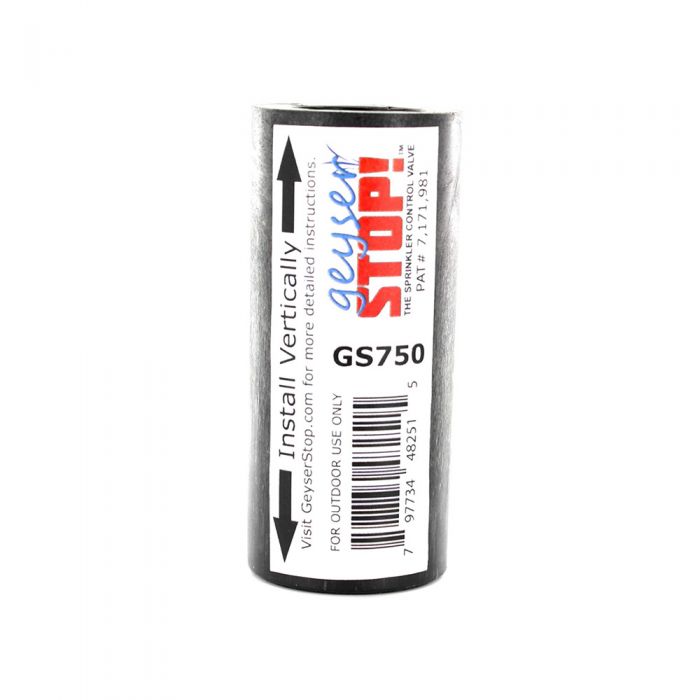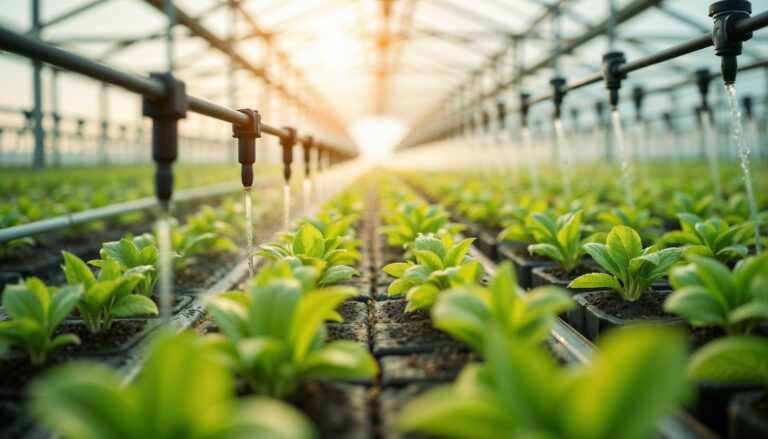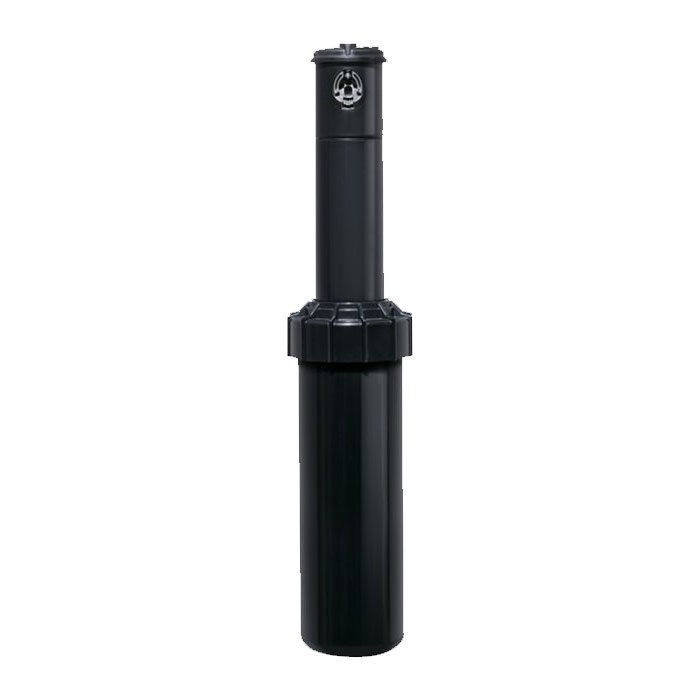Learn How To Be Efficient and Effective
This article explains 9 different ways to prevent water waste. Everywhere you look the world is trying to “go green.” This is especially true for the irrigation industry. Click here to learn more about how to conserve water with an irrigation system.
1. Water at Night
By watering at night, more water is available to the roots of the plant than if you were to water during the daytime. This is because less water is lost to evaporation during the heat of the day.
2. Mulch Your Grass Clippings
Instead of bagging your lawn’s clippings, mulch the clippings and let them settle back into the turf. The clippings will create a layer that traps the moisture in and protects the lawn from too much direct sunlight. In addition, most newer lawnmowers have a mulch setting or a removable bag which causes the mower to mulch by default.
Additionally, special blade(s) can be purchased for your mower. They are designed to mulch the clippings while they are inside the mower. These blades have an airfoil and additional sharp up-turned blades to further mulch the grass.
3. Mow It High
No, we’re not advocating the use of recreational substances. Rather, keep the deck setting of your lawnmower up above the 3.5-inch setting. The taller grass will shade the ground and prevent water from evaporating too quickly. Not only that, taller grass looks healthier and helps to hide stressed areas.
4. Geyser Stop
With the help of this little device, you will never have to worry about waking up to an unplanned fountain in your front yard or outside your business. Simply install one of these inexpensive devices in line with each sprinkler head you have and it will mechanically monitor and regulate the flow of water. Should the sprinkler head break or become damaged and begin to gush water, the metal ball housed within the valve will be forced up against a seal preventing any water from flowing through that head. All other heads will be able to continue watering as usual.
5. Smart Controller
The new generation of smart controllers is making big waves in the sprinkler industry. Suddenly, managing the start and stop times of your sprinklers is easy to do! You can use your laptop or smartphone to create watering schedules and programs and schedule them in a calendar to start and stop at predetermined times. Because sprinkler controllers can be difficult to program, many people take a “set it and forget it” approach to watering. Letting the sprinkler system run for the same amount of time all year long instead of giving the lawn the prescribed amount of water according to the season. A smart controller will empower you to make those changes without the fear of messing something up and having to call someone to reprogram the controller.
Shop WIFI and Smart Controllers For Your Irrigation System
6. Rain Sensor / Moisture Sensor
Without a rain sensor or a smart controller connected to a live weather feed, your sprinkler system won’t know the difference between a sunny day and a downpour. Incorporating a rain sensor will prevent watering during rainfall. Some rain sensors can even measure the quantity of rain and calculate the amount of system run-time that was replaced by the rainfall and adjust accordingly. Similarly, a soil moisture sensor can override the watering schedule when necessary.
7. Installing Check Valves:
The seventh way to prevent water waste is to use check valves. Check valves prevent water in the irrigation system from needlessly draining from lower elevation sprinkler heads when the system is turned off. This problem is especially prominent in conditions where there are significant elevation differences. Look for sprinklers with built-in check-valves. Sprinkler heads that include a check valve are often indicated as “SAM” (Seal-A-M
8. Water Meter Connected to a Smart Controller
Most controllers will accept a water meter installed for monitoring water usage. When paired with a Wi-Fi-connected
9. Keep Your Sprinklers Adjusted
The last way to prevent water waste is to check your sprinklers regularly to ensure they are not spraying places that they shouldn’t be. Common issues are sprinklers spraying on sidewalks, the road, sides of buildings or fences, or vegetation that is blocking the water from spraying where it needs to go.
































